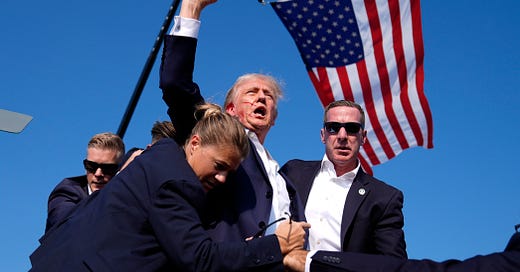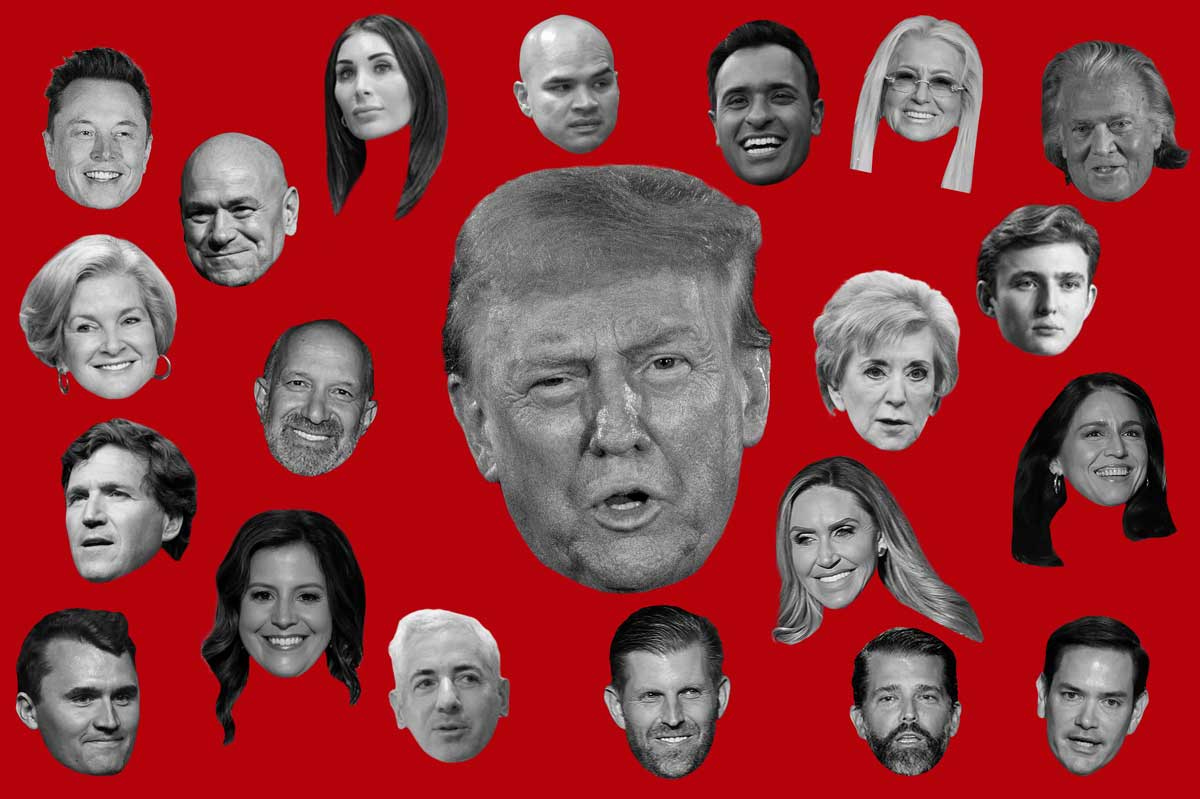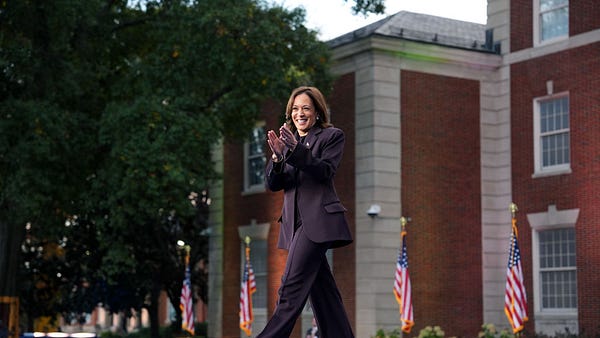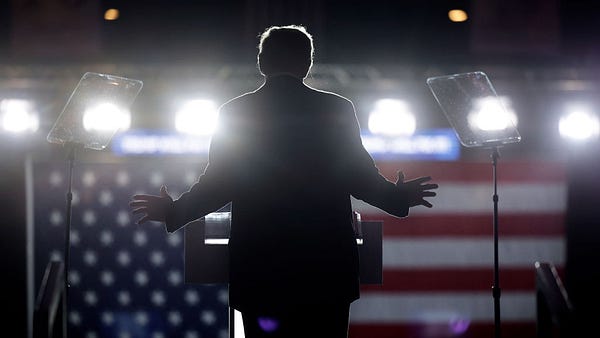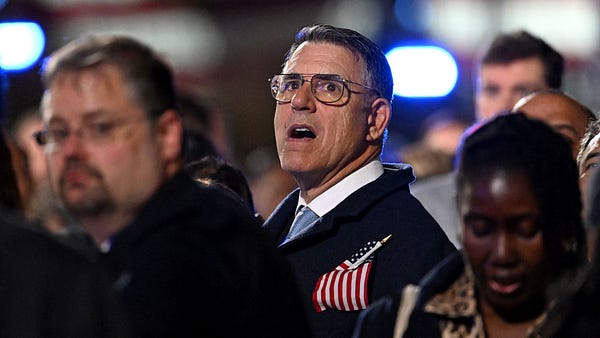
What just happened?
Donald Trump ended his first term in disgrace, hit with a second impeachment after his supporters stormed the Capitol on January 6, 2021. The 2022 midterm candidates he endorsed—Herschel Walker, Mehmet Oz, Kari Lake—all went down in flames. In 2023, he was declared guilty of sexually assaulting the writer E. Jean Carroll in a civil case. This past May, he was convicted in a Manhattan court on 34 felony counts for improperly reporting hush money payments. Overall, he has faced 116 indictments. Even now, the New York State attorney general is trying to punish the Trump Organization with nearly $500 million in fines, claiming that he unlawfully inflated the value of his properties.
And yet here he is: America’s 47th president.
How did he do it? Trump led an insurgency of oddball outsiders against an insular band of out-of-touch elites. Kamala Harris had Beyoncé, Harvard economists, The New York Times, and the cast of Saturday Night Live. Trump had Elon Musk, Robert Kennedy Jr., Joe Rogan, and the Teamster rank and file. In a year when Americans were angry, this misfit coalition was a tribune for their rage.
Why were Americans so angry?


